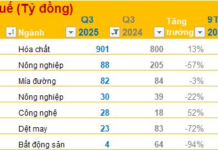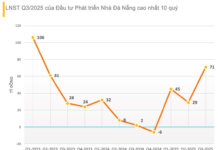According to Ming-Chi Kuo’s analysis of pre-order numbers, demand for the iPhone 16 Pro and iPhone 16 Pro Max is lower than Apple’s expectations. However, the iPhone 16 and iPhone 16 Plus could see higher sales than last year’s iPhone 15.
Kuo conducted an analysis over the weekend, based on delivery times on Apple’s website, as well as a “supply chain survey.” Based on the first week of pre-orders, Kuo found that pre-orders for the iPhone 16 Pro Max were down 16% compared to last year’s iPhone 15 series, while the iPhone 16 Pro saw a 27% decrease. In contrast, the iPhone 16 Plus witnessed a 48% increase, and the iPhone 16 saw a modest 10% rise.

This year’s iPhone 16 Plus sees an unusual surge in appeal, possibly due to the Pro models not offering enough upgrades and the Plus model still attracting buyers with its large battery capacity, despite a slight decrease from last year. (Image: Mashable)
Interestingly, consumers seem to be favoring the regular iPhone models over the Pro variants this year, especially the larger iPhone 16 Plus.
Overall, the entire iPhone 16 lineup achieved 37 million pre-orders, a decrease of approximately 12.7% compared to the iPhone 15 lineup during its first weekend. Despite the impressive growth of the iPhone 16 Plus, the decline in demand for the iPhone 16 Pro models was significant.
In a comment on the 9to5Mac website, user Johnny Cash stated: ” Can confirm. Just checked my local store and so far, all iPhones are available on Sept 20-21 except for the black 256GB Pro and random Plus or Pro Max models. All other Pro colors are available in all capacities, and most Pro Max as well. No regular 16 models are sold out, but a few Plus colors with higher capacities are sold out until October. Definitely a big difference from last year and the iPhone 15.”
Kuo mentions that the higher yield of the 5X telephoto camera is the main reason for Apple’s improved supply of the iPhone 16 Pro Max compared to the iPhone 15 Pro Max. According to Kuo’s data, Apple produced 6 million iPhone 16 Pro Max units before the launch, a 106% increase from last year.
The analyst also suggests that Apple could implement stronger iPhone product strategies in 2025 to stimulate market demand if Apple Intelligence and other promotions have a limited impact on iPhone 16 sales.
Comments on Kuo’s post suggest that the decline in Pro model orders is not due to the unavailability of AI features at launch. Instead, it is attributed to the success of last year’s iPhone 15 Pro, a saturated market, and minimal upgrades on this year’s Pro models. Perhaps the iPhone 17 will bring about more significant changes.
The Ultimate iPhone: Apple Takes Design Inspiration from China for its Thinnest Model Yet?
The iPhone 17 Air is rumored to adopt similar technology to Huawei’s latest flagship. This strategic move by Apple could potentially revolutionize the smartphone industry, offering consumers an enhanced experience with cutting-edge features. With Apple’s renowned innovation and Huawei’s groundbreaking technology, the iPhone 17 Air is expected to be a game-changer, setting new standards for mobile devices.








































